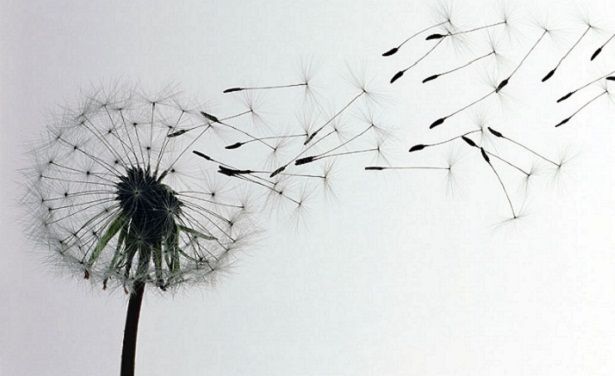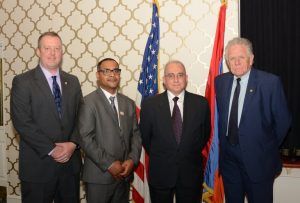Symbols and Legends of the World’s First Christian Nation-BBC on Armenia

“Located in the Southern Caucasus, Armenia adopted Christianity as a state religion back in the 4th century (301). The Armenian Apostolic Church is one of the oldest Christian churches and stands out from the Byzantine Orthodox and Roman Catholic Churches.
Here Christmas is celebrated on January 6,” writes BBC in the article entitled “Symbols and Legends of the World’s First Christian Nation”.
The article states that the historic and cultural complex of Garni is currently one of the most famous sites in Armenia and receives 136,000 tourists throughout the year.
“To the west of the capital Yerevan is Vagharshapat, one of the major cultural and religious centers of the country and the spiritual capital of the country. The Saint Gayane Monastery was built in 630 and is included in the UNESCO World Heritage List,” states the article, according to Panorama.am.
The article also addresses cross-stones, stating that the cross-stones in Armenia are considered a symbol of the salvation of souls.
“In Armenia, there are several thousands of cross-stones, and each of them has unmatched ornaments. Cross-stones began to be built in the 9th century and were often built in the place of pagan temples as a sign of a new faith. Today, the art of creating cross-stones (“Armenian cross-stones art. Symbolism and craftsmanship of Khachkars”) is included in the UNESCO Intangible Cultural Heritage Representative List.
The largest cemetery of cross-stones in modern-day Armenia and in the world is located in the ancient Noradus village. There are over 800 cross-stones there. Most of the cross-stones of that cemetery date back to the 13th-17th centuries, and the oldest dates back to the 5th century.
The source states that Karahunj, which is an ancient complex of parchments located at 1,770 meters above sea level in Syunik Province, can be compared with Stonehenge.
Some scholars say the complex is the oldest observatory in the world, but there is no evidence of that. It has most likely been used in different ways in different eras.”




 Արևելահայերեն
Արևելահայերեն Արևմտահայերեն
Արևմտահայերեն Русский
Русский






